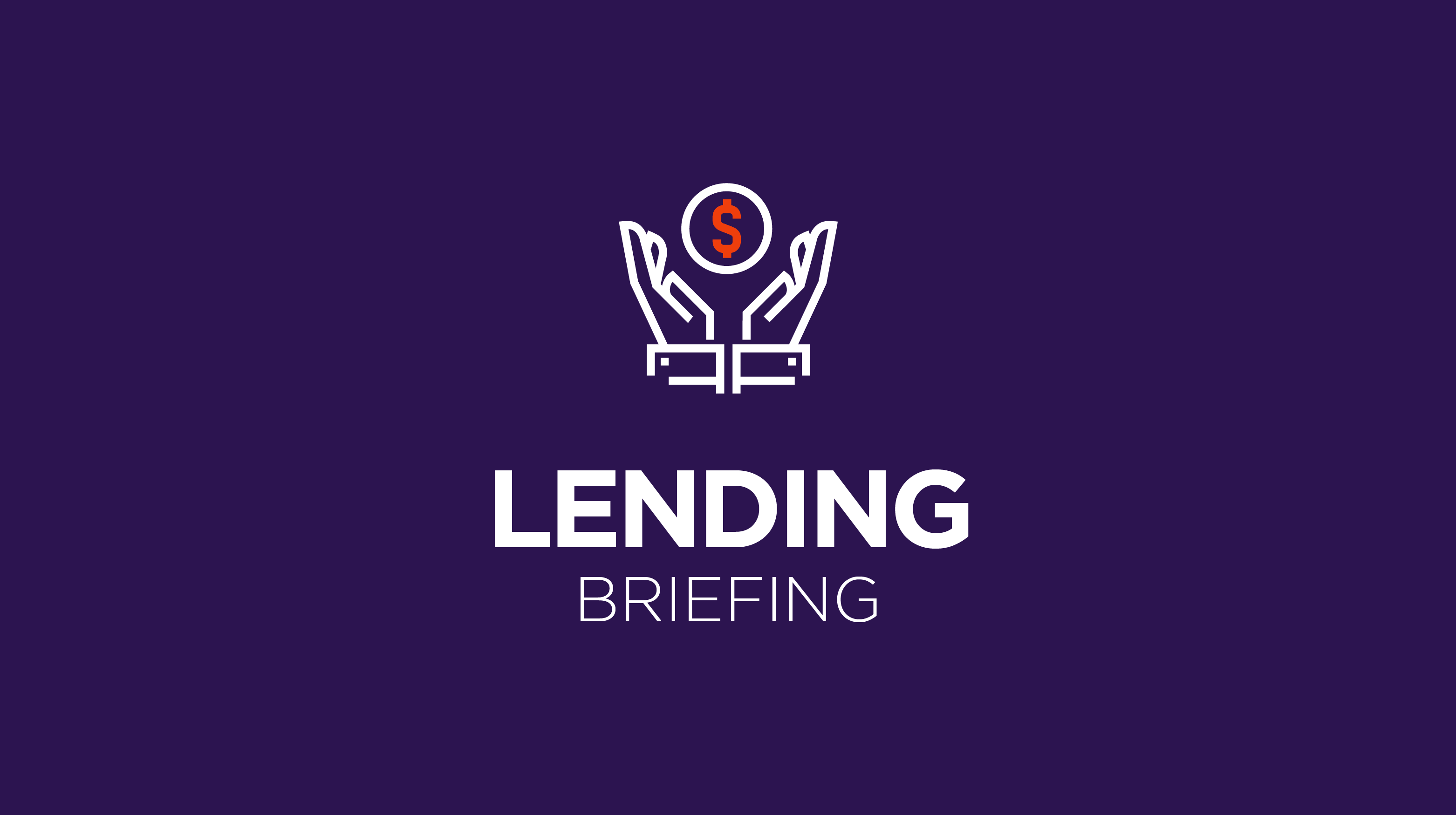Member Exclusive, Online Lenders
Lending Briefing: Debit cards are taking over
- This year, debit cards have emerged as the preferred payment method for the majority of US consumers, dethroning credit cards.
- Younger generations are behind this switch – even though they're also getting credit cards, Millennials and Gen Zers prefer to pay with debit.








